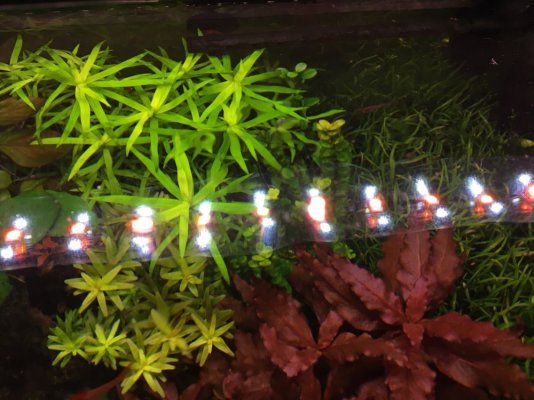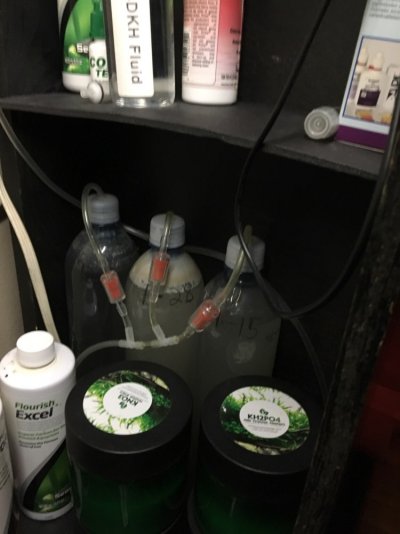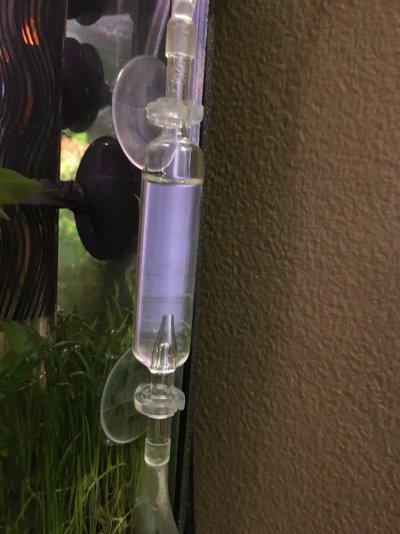Nortzy21
Aquarium Advice Activist
Hello all,
I have a very low tech 29 gallon planted tank that is doing very well but I'm not getting the growth I'd like to see in the plants. I am not using a CO2 system (just liquid CO2) and have a cheap zoo Med flora sun plant bulb. I'm in high school supporting the tank off a minimum wage job and I'm looking into setting up a cheap, DIY CO2 system. I'm wondering if anybody has any experience with them and if you all have any tips about them. I have done my research and find that they're quite simple and not too hard to maintain. I know I won't get as good of growth with a diy system as an automatic system but I'm hoping it will significantly help my plant growth. My other question though is...if I set up a CO2 system, isn't the only way my plants will grow noticeably faster is if i also get better lighting? If so...what lighting would you all recommend? I know T5s would be good but does anyone have experience with LEDs? Anyway, let me know about what you all think about DIY CO2 systems and what I should expect with them or what else I may need to know. I'd appreciate any advice!
Thanks,
Sam
I have a very low tech 29 gallon planted tank that is doing very well but I'm not getting the growth I'd like to see in the plants. I am not using a CO2 system (just liquid CO2) and have a cheap zoo Med flora sun plant bulb. I'm in high school supporting the tank off a minimum wage job and I'm looking into setting up a cheap, DIY CO2 system. I'm wondering if anybody has any experience with them and if you all have any tips about them. I have done my research and find that they're quite simple and not too hard to maintain. I know I won't get as good of growth with a diy system as an automatic system but I'm hoping it will significantly help my plant growth. My other question though is...if I set up a CO2 system, isn't the only way my plants will grow noticeably faster is if i also get better lighting? If so...what lighting would you all recommend? I know T5s would be good but does anyone have experience with LEDs? Anyway, let me know about what you all think about DIY CO2 systems and what I should expect with them or what else I may need to know. I'd appreciate any advice!
Thanks,
Sam



